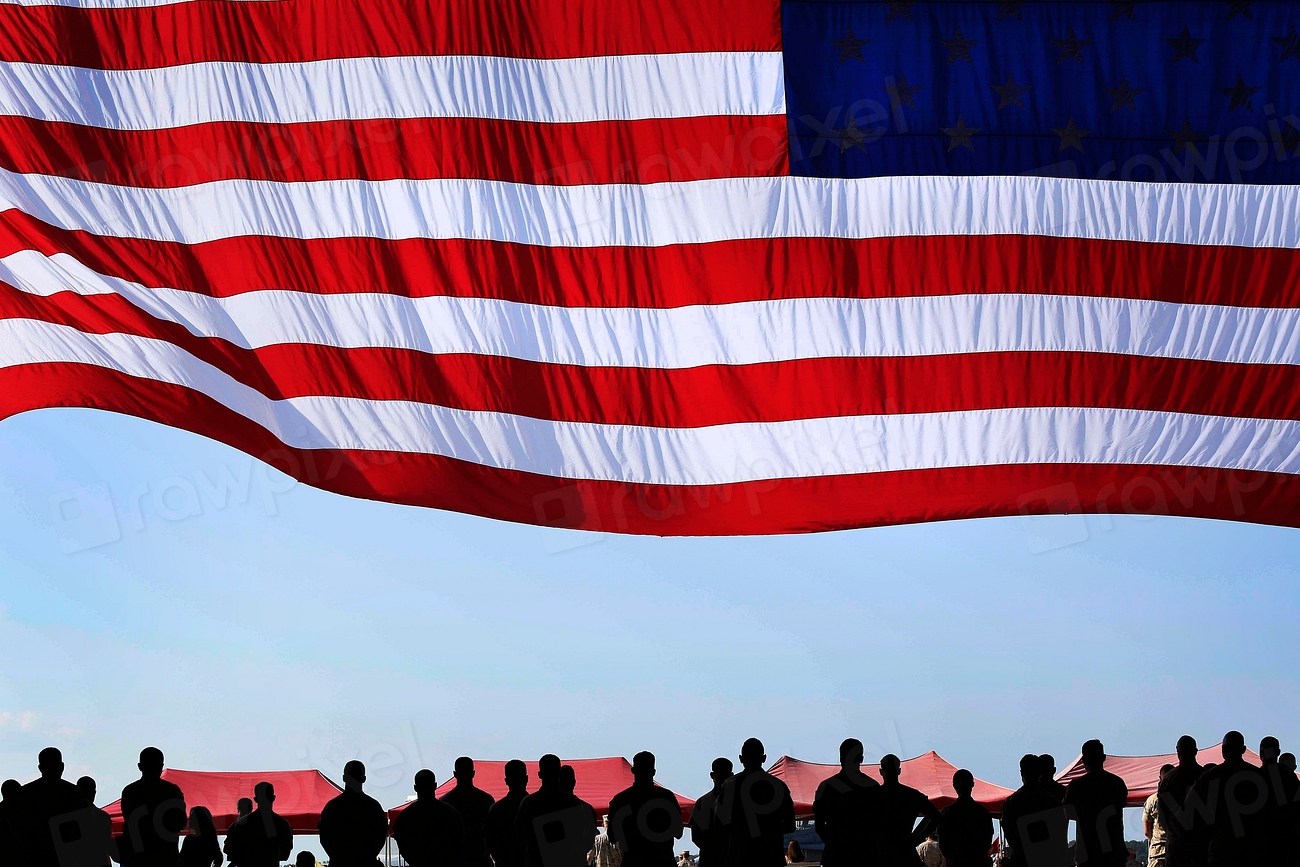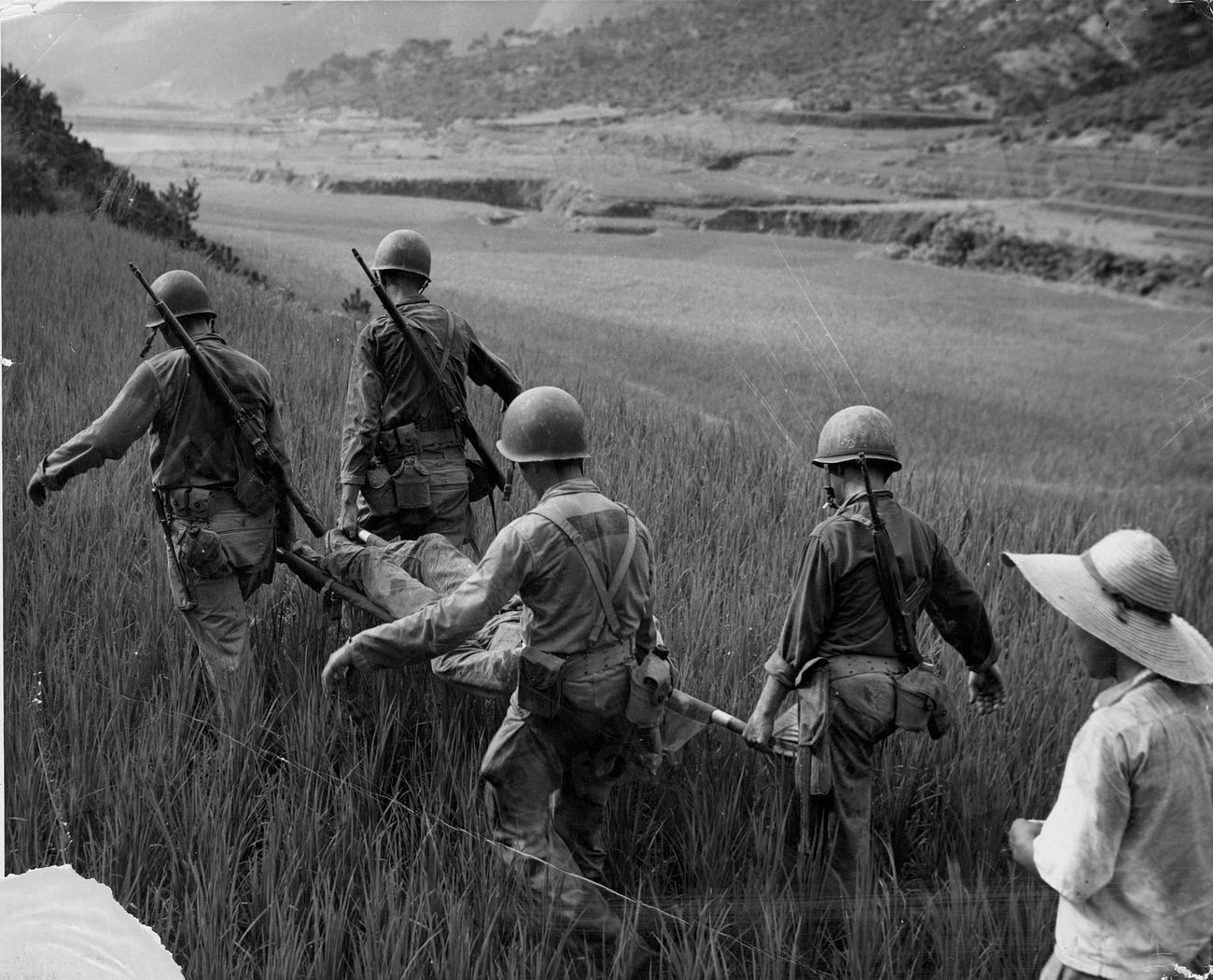Veterans Day, observed on November 11th each year in the United States, is a significant national holiday that pays tribute to the men and women who have served in the U.S. Armed Forces. It is a day when the nation collectively expresses gratitude to the veterans who have defended the country’s freedom and democracy. In this comprehensive overview, we will delve into the history, significance, and traditions associated with Veterans Day, explore the stories of veterans, and analyze the ongoing challenges they face after their service.
The Historical Roots of Veterans Day

Armistice Day :
The origins of Veterans Day can be traced back to Armistice Day, which marked the end of World War I. On November 11, 1918, the armistice agreement was signed, ending the brutal conflict. This day symbolized the end of one of the deadliest wars in history and was initially celebrated as a day of peace and remembrance.
The Transition to Veterans Day:
In 1954, following World War II and the Korean War, President Dwight D. Eisenhower signed a bill into law to rename Armistice Day as Veterans Day. The change reflected the nation’s desire to honor and recognize all American veterans, not just those who served in World War I. Since then, Veterans Day has become a day to commemorate the service and sacrifice of all U.S. military veterans.
The Significance of Veterans Day

Honoring Sacrifice:
Veterans Day is a solemn occasion to honor the profound sacrifices made by veterans. It serves as a reminder of the courage, dedication, and resilience displayed by those who have served in the military, often in challenging and dangerous conditions.
Expressing Gratitude:
On Veterans Day, Americans across the country take the opportunity to express their gratitude to veterans. Communities hold parades, schools organize events, and individuals thank veterans for their service. It’s a day when the nation comes together to say, “Thank you for your sacrifice.”
A Day of Reflection:
Veterans Day also encourages reflection on the price of freedom and the cost of war. It’s a time to contemplate the importance of diplomacy and peaceful resolutions to conflicts, as well as to remember the human toll of armed conflicts.
Veterans Day Traditions

Parades and Ceremonies:
One of the most common traditions on Veterans Day is the hosting of parades and ceremonies. These events feature military units, veterans’ organizations, and patriotic displays. They offer communities a chance to come together and pay their respects.
Moment of Silence:
A moment of silence at 11:00 AM is a central tradition on Veterans Day. This marks the exact time the armistice agreement was signed in 1918. It’s a moment of reflection and a time to remember the fallen.
Visits to Cemeteries:
Many people visit military cemeteries and memorials on Veterans Day to honor those who have given their lives in service to the country. It’s a solemn way to pay respects to the fallen heroes.
Personal Stories of Veterans

Voices of Veterans:
To understand the significance of Veterans Day, we must hear the stories of veterans themselves. These stories reflect the diverse experiences of those who have served, from the front lines of combat to the support roles in the military.
Sacrifice and Service:
Veterans share their experiences of sacrifice and service, from long deployments away from family to the physical and emotional toll of combat. These stories highlight the bravery and resilience of those who have served.
Transition to Civilian Life:
For many veterans, the transition to civilian life can be challenging. They share their journeys in finding employment, accessing healthcare, and reintegrating into society. These narratives shed light on the ongoing struggles that veterans often face.
As a nation, we stand united in our commitment to those who have sacrificed so much for the principles and values that define our great country.
Everyone at MilitaryFares.com salutes our veterans, active duty military and their spouses!
Go to MilitaryFares.com right now to book your holiday travel!
